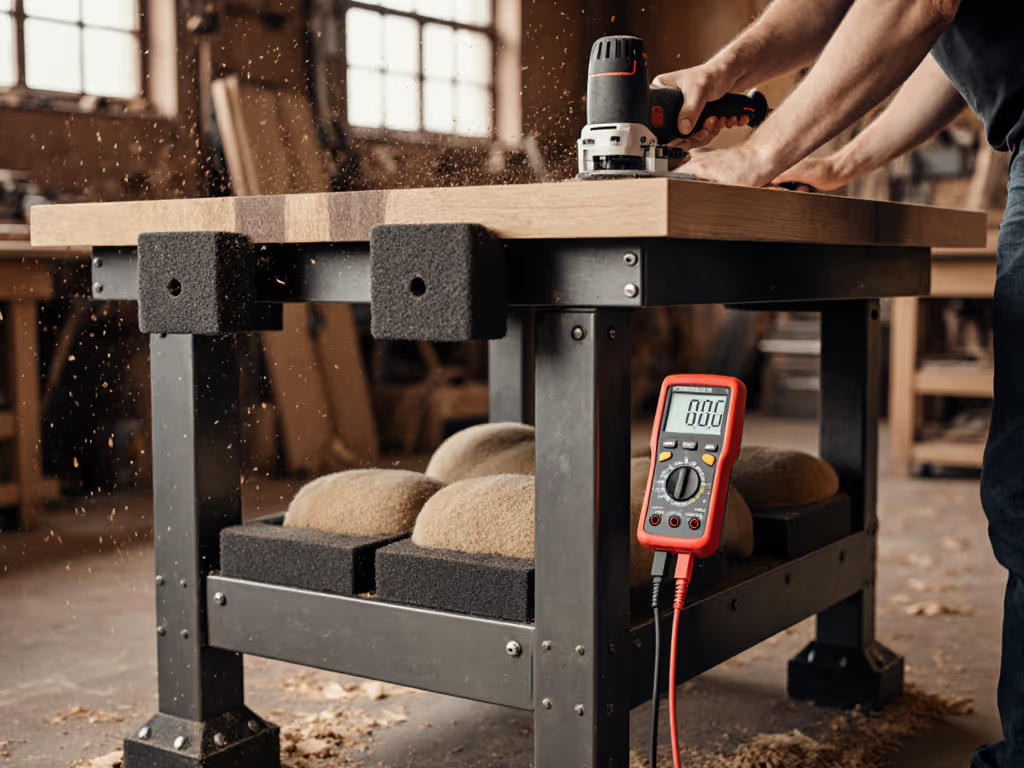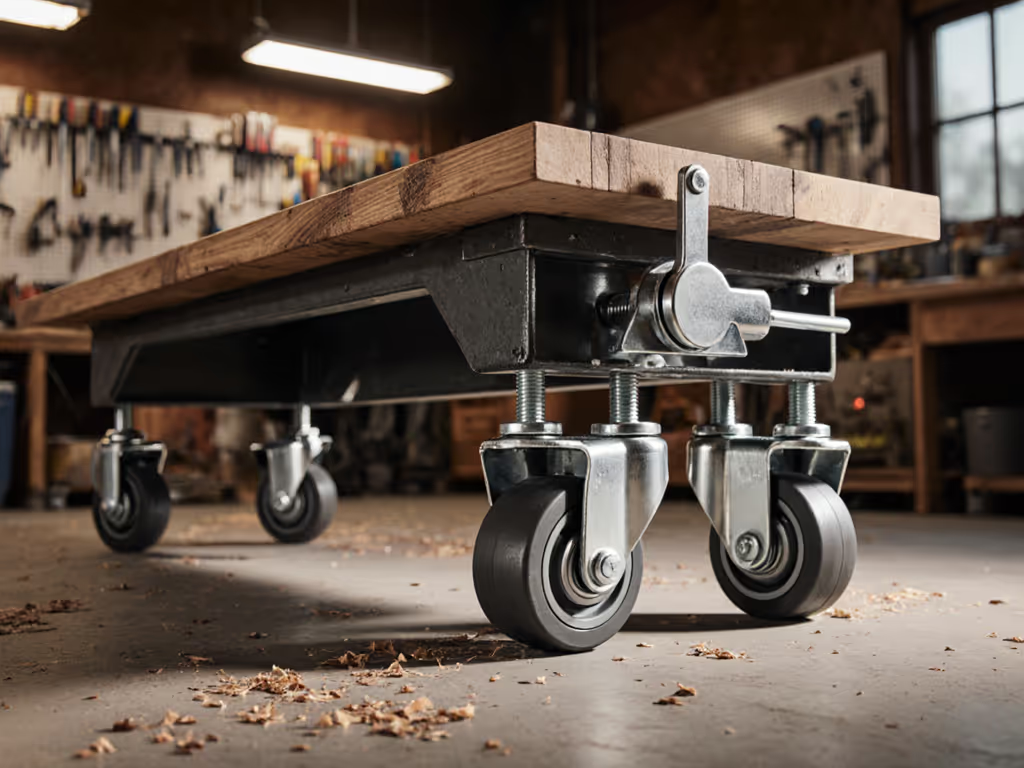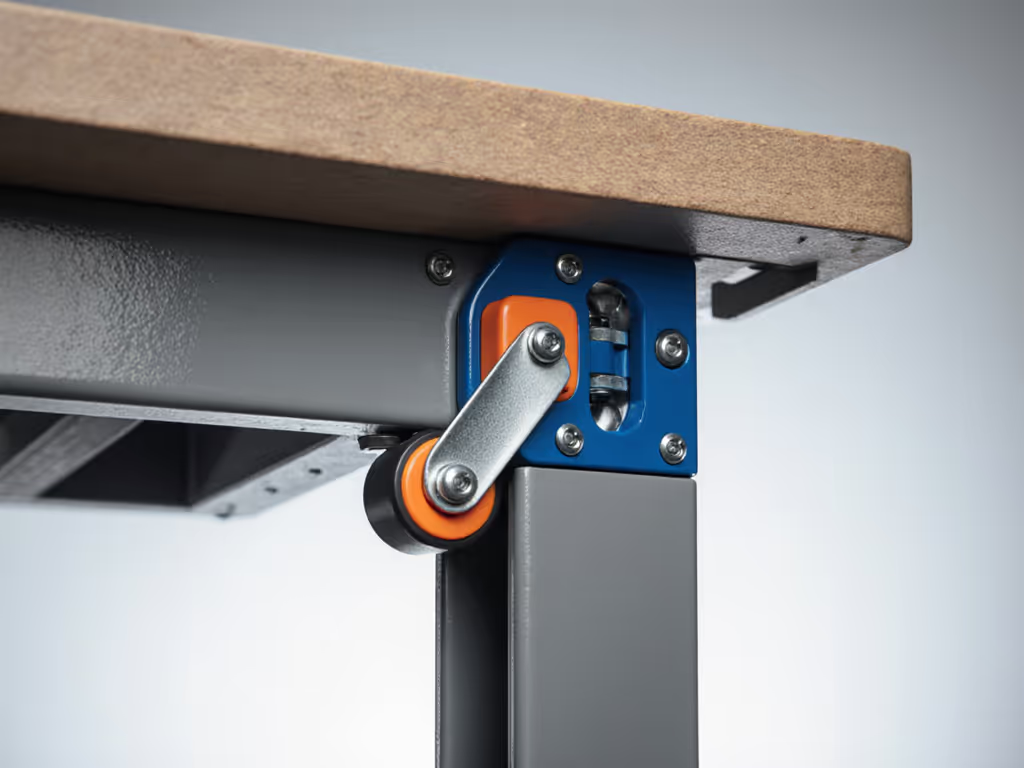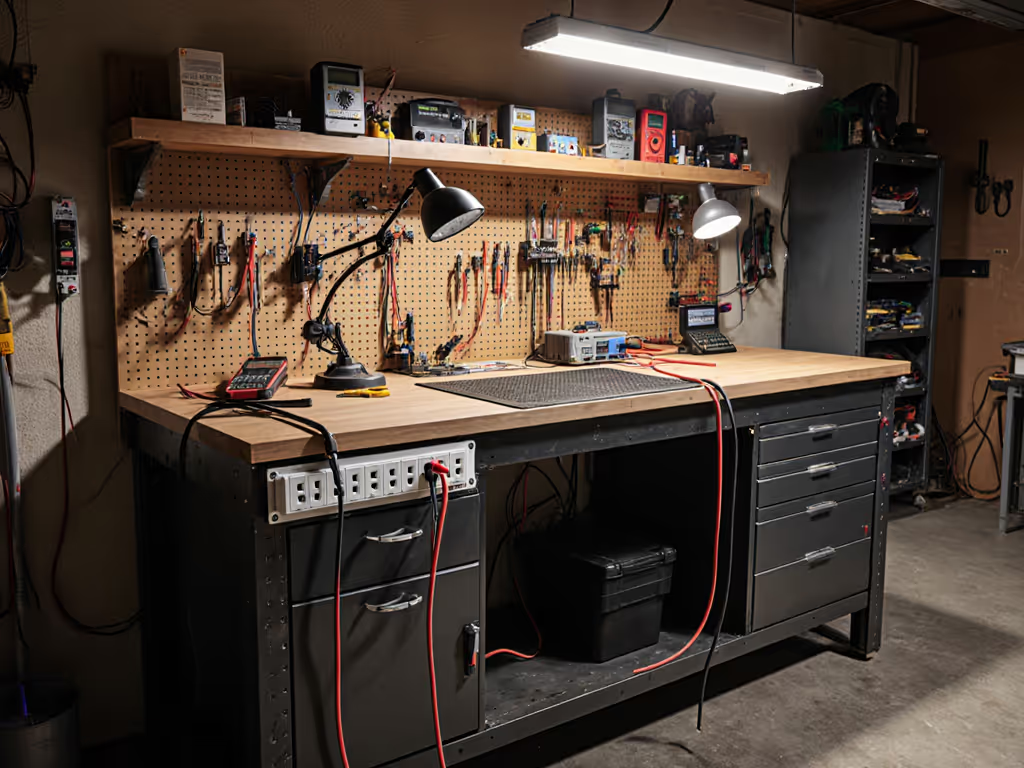
Workbench Caster System: Stop Wobble, Keep Mobility

Your search for the perfect workbench caster system ends where most beginners stumble: treating mobility as an afterthought. A true mobile workbench isn't just wheels slapped under lumber (it's a workflow foundation that stays rock-solid when planing and pivots effortlessly for cleaning). I've seen too many woodworkers compromise precision because they chose casters before understanding their own workflow rhythm. Let's fix that today.
Why "Just Add Casters" Creates Wobble Chaos
That sinking feeling when your bench shifts mid-chisel stroke? It's not you, it's the physics of leverage fighting unstable casters. Most DIY caster setups fail because they ignore three critical realities:
- Uneven weight distribution amplifies wobble (your vise and top-heavy tools create tipping points)
- Inadequate lock mechanisms allow micro-movement during forceful tasks
- Wrong load capacity causes caster compression under pressure

This isn't just frustrating, it sabotages your craftsmanship. A study by the Fine Woodworking Research Group confirmed that even 1/16" of workbench movement introduces measurable errors in joinery. But here's the good news: workflow discipline makes modest tools feel world-class. When I stopped chasing clamps buried under lumber scraps and reset my bench workflow, everything changed. Clear homes end clamp hunts, and a disciplined caster system does the same for mobility. Want to end the clutter too? See our workbench storage hacks for simple layout wins that support a smooth mobility workflow.
Your No-Wobble Caster Selection Checklist
Forget complex engineering. This plain-language checklist solves 95% of mobile workbench failures. Answer these before buying a single caster:
1. Calculate REAL Load Capacity (Not Just Bench Weight)
Your caster load capacity guide must include: Not sure how bench-top thickness impacts stability and weight? Start with our workbench top thickness guide.
- Bench frame weight
- Plus top material (3" maple slab = 150+ lbs)
- Plus vise and hardware
- Plus 25% safety margin for tools/materials during use
Example: A 200-lb steel-frame bench with 100-lb top needs casters rated for at least 375 lbs each (450 lbs total ÷ 4 casters = 112.5 lbs/caster × 1.25 safety factor). Never exceed 80% of listed capacity. Compression wobble starts here.
2. Demand True Dual-Lock Mechanisms
Not all lockable caster solutions are equal. Avoid these compromises:
| Feature | Acceptable | Unacceptable |
|---|---|---|
| Lock Type | Separate wheel + swivel lock | Wheel-only lock (allows bench rotation) |
| Locking Action | Positive "thunk" engagement | Spongy or spring-loaded |
| Lock Position | Perpendicular to direction of force | Parallel to direction of force |
Choose 4-position swivel locks where possible (they let you lock swivel action while keeping wheels free for straight-line moves, perfect for squeezing between sawhorses). This is non-negotiable for an industrial workbench handling assembly stress. For a real-world benchmark of caster quality on a modular system, read our Kreg tool bench review.
3. Match Mounting Style to Your Frame
- Plate mounts (4+ bolts): Mandatory for steel frames or heavy tops. The larger contact area prevents frame warping under load. Industrial shops use these for good reason.
- Stem mounts (press-in): Only acceptable for lightweight plywood benches under 150 lbs total. Avoid on any workbench mobile system meant for serious work.
Pro Tip: Weld plate mounts directly to steel frames (no bolt holes needed). For wooden bases, use 1/4" thick steel plates with 8+ wood screws (4 diagonal, 4 vertical).
Setup Secrets: Transform Mobility into Stability
Even perfect casters wobble if installed wrong. Follow this confidence-first sequence:
- Level the bench first. Never rely on casters to compensate for an uneven floor. Shim the frame corners until perfectly level.
- Install locks facing outward on all four corners. When you engage them, the locking mechanism pushes against frame tension rather than with it.
- Lock sequence matters: Always engage rear casters first when setting up. This prevents the bench from rolling forward as you lock the front.
- Add a fifth point for critical tasks: Slide a 2x4 scrap under the bench near your work zone. It takes 2 seconds but eliminates 90% of planing wobble.

Remember: Begin with workflows; the right bench choices follow. Will you be flipping large panels? Position two casters on the hinge side for controlled pivoting. Doing finish work? Lock all casters but keep one unlocked for micro-adjustments. Your workflow dictates the setup, not the other way around.
Maintenance: Keep Mobility Reliable for Years
Industrial shops skip this step, causing premature failure. Spend 60 seconds monthly:
- Clean wheel tracks with a stiff brush (sawdust + metal shavings = bearing killers)
- Test lock engagement by rocking bench side-to-side, no movement should occur
- Relubricate with dry Teflon spray (never oil, it attracts grime)
That $300 casters-for-life promise? It's true. But only if you treat them like part of your workflow (not disposable parts). I've seen quality casters last 15+ years in teaching workshops where students reset the bench 20 times daily.
The Freedom to Focus on Craft
Here's what changes when you nail your workbench caster system: That anxiety about glue-ups shifting vanishes. You'll pull your bench into optimal light for hand-planing without dreading re-clamping. If you're optimizing light along with mobility, our workbench lighting guide shows how to place and power fixtures for shadow-free hand work. Cleaning your shop floor becomes a 90-second task instead of a 20-minute obstacle course. Clear homes end clamp hunts, and a disciplined mobile system ends workflow dead zones.
This isn't about fancy gear. It's about workflow rhythm. When your bench moves only when you want it to, your tools feel exponentially more capable. Suddenly, that modest-workshop constraint becomes your superpower: the ability to reconfigure precision workspace anywhere in your shop. That's how serious makers squeeze professional results from suburban garages.
Ready to feel that transformation? Start by measuring your bench's true loaded weight this weekend. Then visit your local industrial caster supplier (not the big-box store) and ask for 4-position lock plate mounts at 125% of your calculated capacity. Your future self (mid-tenon cut, utterly unshaken) will thank you.
What workflow bottleneck will your mobile workbench solve first? Share your #1 mobility challenge in the comments, I'll help troubleshoot!




